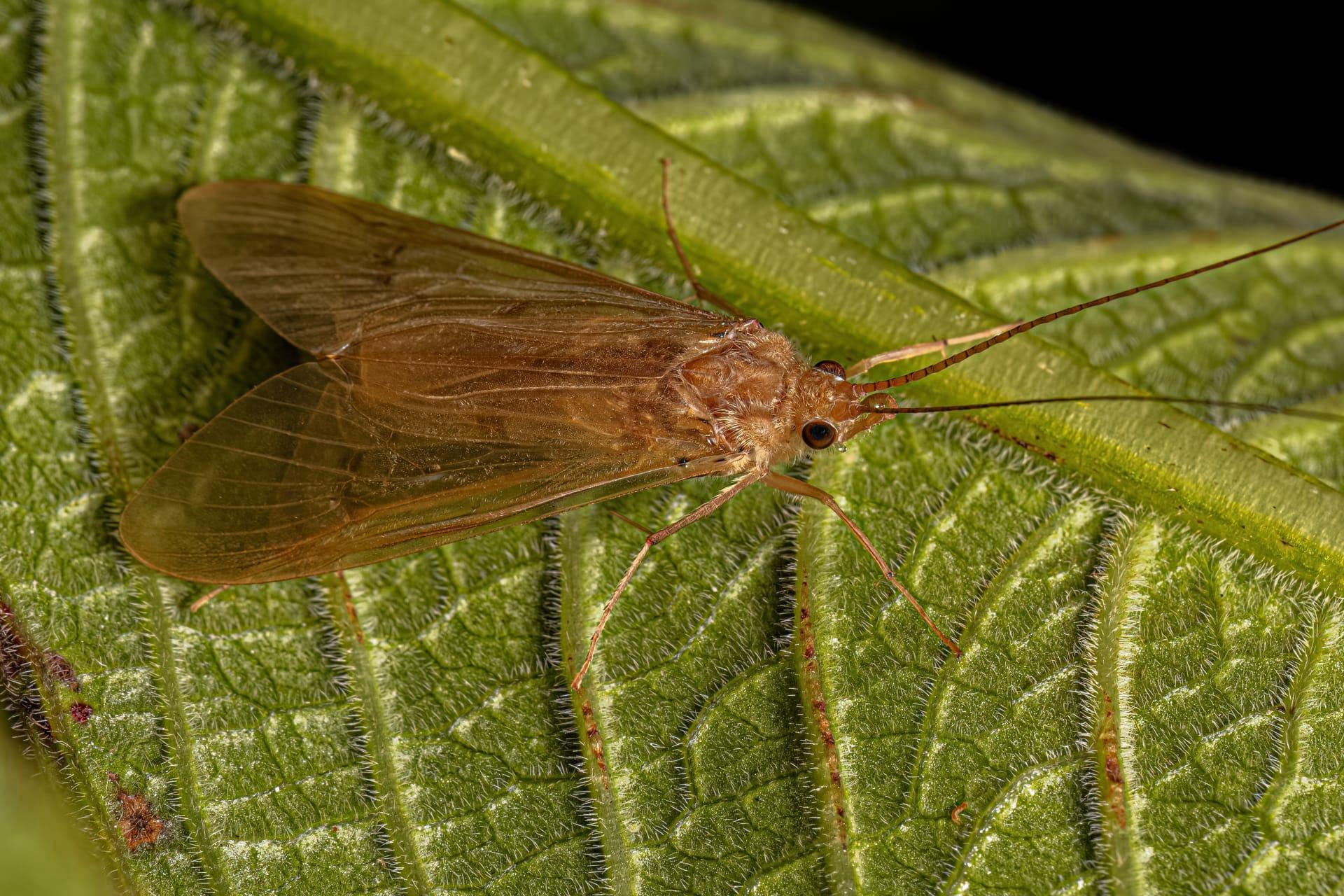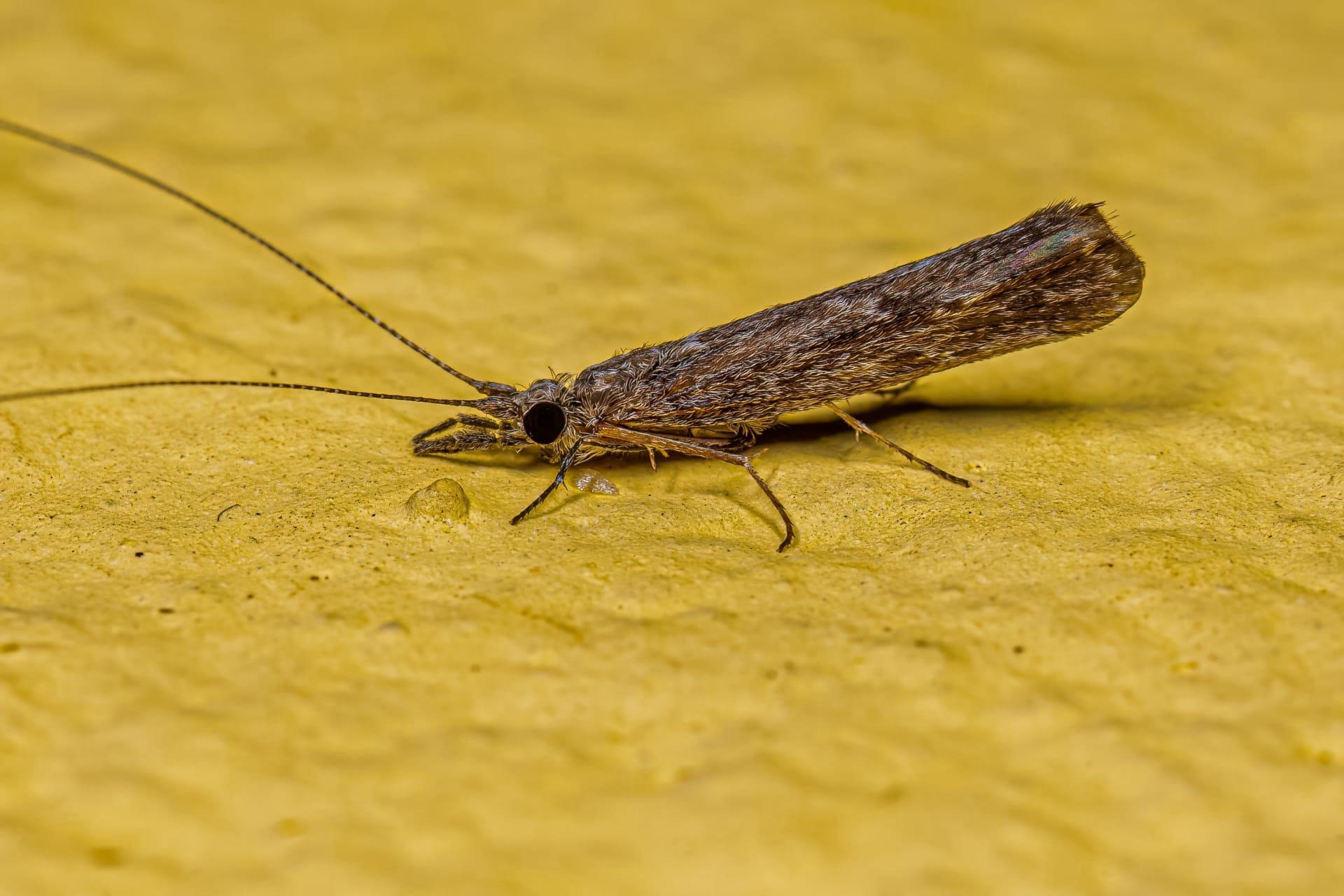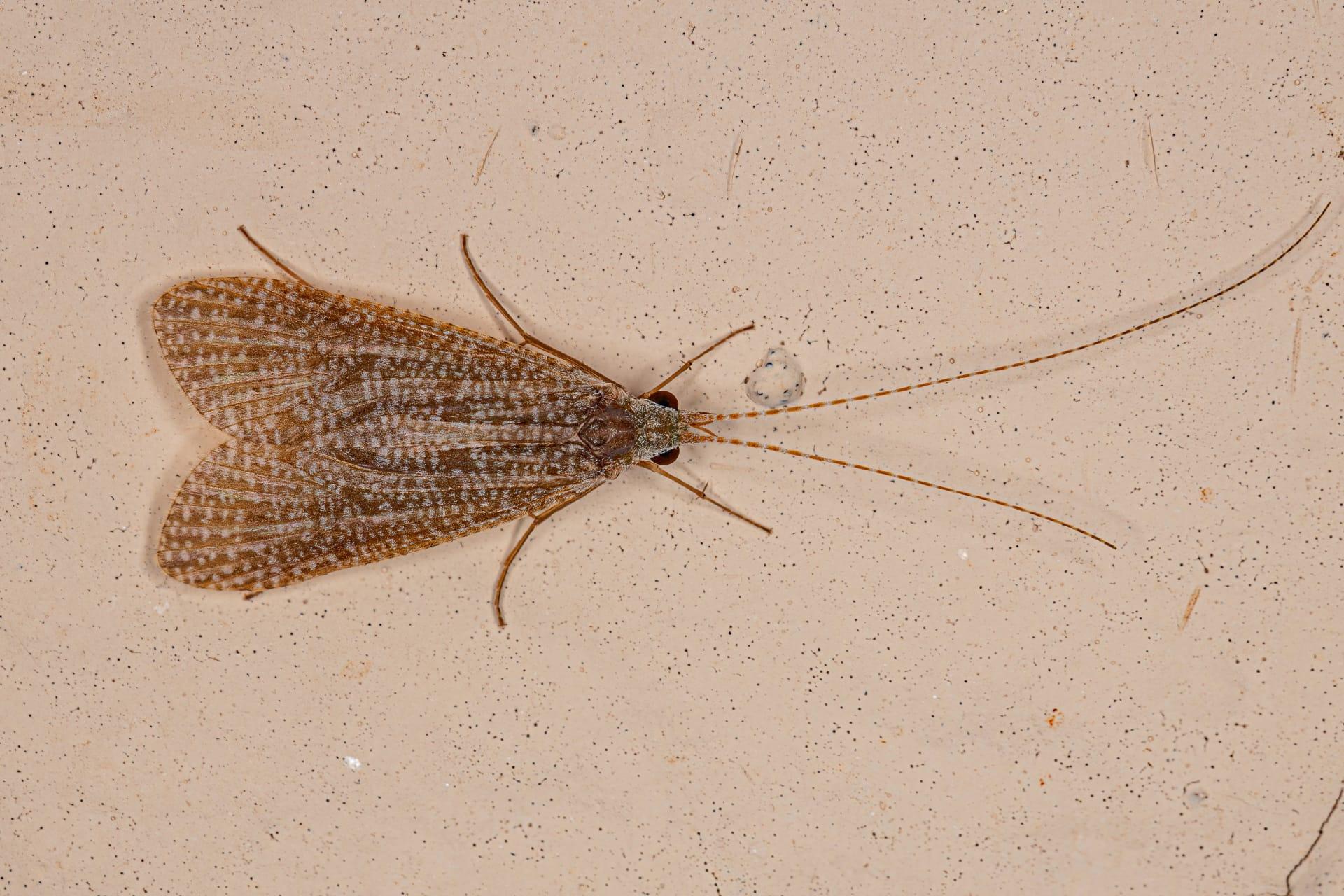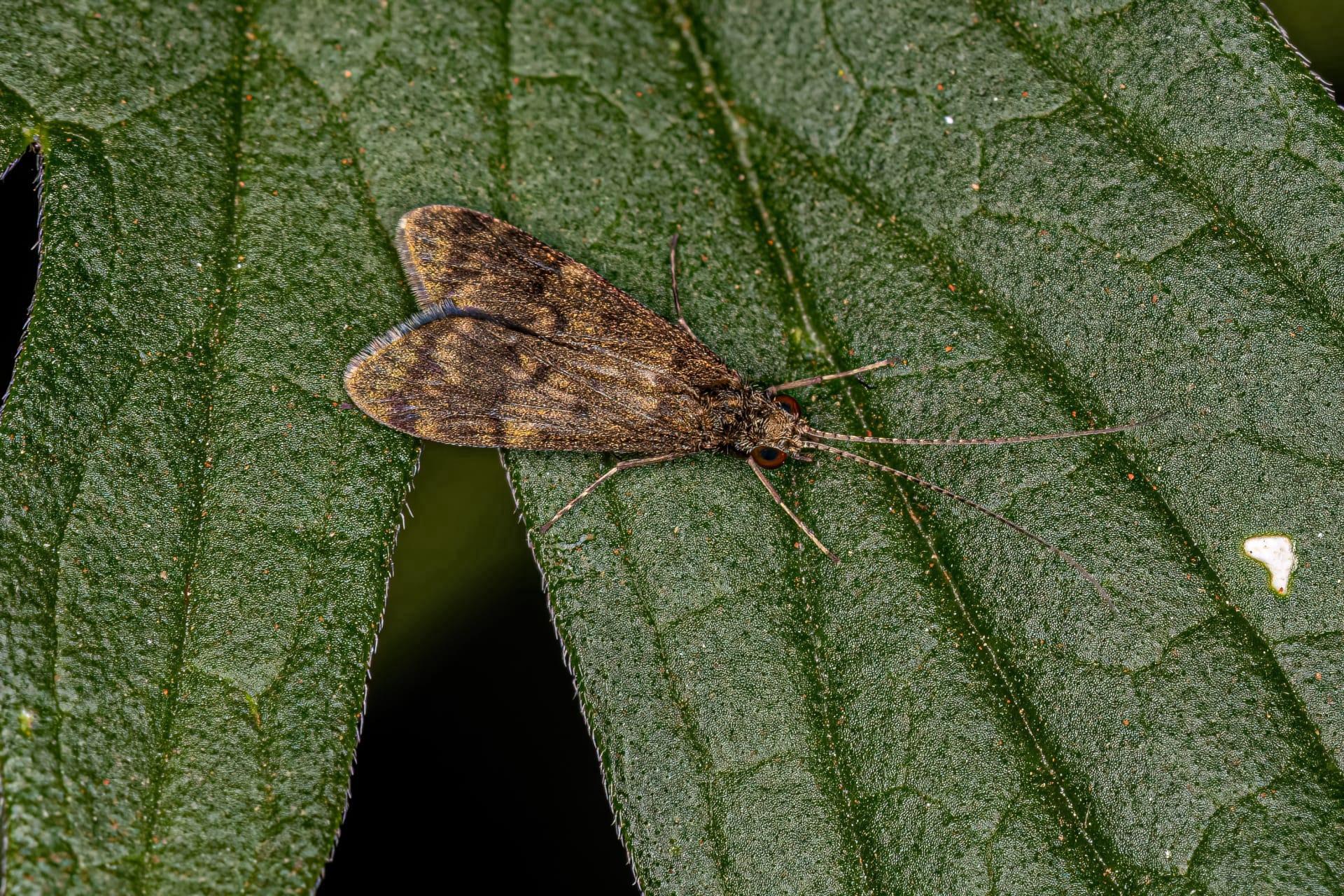Caddisfly Trivia
- Home /
- Trivia Question /
- Animal /
- Caddisfly Trivia
1
Question: What distinguishes the caddisfly larvae from other aquatic insects?
Answer: Caddisfly larvae are unique for their remarkable habit of building protective cases around themselves. They use silk, produced from salivary glands near their mouths, to construct these cases with materials like sand, small stones, and plant debris. This not only camouflages them but also shields them from predators. Each species of caddisfly larvae creates a distinct case style, which can be cylindrical, tapered, or even spiral-shaped, measuring up to 1.5 inches (3.8 cm) long.
Question: How do caddisflies contribute to their aquatic ecosystems?
Answer: Caddisflies play a crucial role in aquatic ecosystems, particularly in freshwater streams and rivers. As larvae, they are detritivores, consuming dead plant material and contributing to nutrient cycling. This process helps in keeping the water bodies clean. Moreover, they serve as an essential food source for fish and other aquatic creatures. Adult caddisflies, which live only a few weeks, are important pollinators for some riverside plants.

2
Question: Is it true that caddisflies are harmful to humans?
Answer: Contrary to some misconceptions, caddisflies are not harmful to humans. They do not bite, sting, or transmit diseases. In fact, their presence in water bodies is often an indicator of a healthy aquatic environment, as they are sensitive to pollution and thrive in clean waters.
Question: Are caddisflies related to the common housefly?
Answer: Caddisflies are often mistakenly thought to be close relatives of houseflies, but they belong to a different order of insects. Caddisflies are part of the Trichoptera order, whereas houseflies are in the Diptera order. The key difference lies in their life cycles and habitats: caddisflies have aquatic larvae and undergo complete metamorphosis, while houseflies have terrestrial larvae and exhibit less complex developmental stages.

3
Question: What is the lifespan of a caddisfly?
Answer: The lifespan of caddisflies varies depending on the species, but on average, they live for about one year. Most of this time is spent in the larval stage, which can last from a few months to a whole year. The pupal stage is relatively short, often just a few weeks. Adult caddisflies have the shortest lifespan, living only for a couple of weeks, during which they focus on reproduction.
Question: How do caddisflies communicate or attract mates?
Answer: Adult caddisflies have developed fascinating ways to attract mates. Many species use pheromones, chemical signals, to draw in the opposite sex. Some species engage in unique flight patterns or dances, which are specific to each species and serve as a form of visual attraction. Additionally, certain caddisfly species produce sounds or vibrations by rubbing their wings together or tapping on substrates, adding an auditory element to their mating rituals.

4
Question: Can caddisfly larvae live outside of water?
Answer: Caddisfly larvae are strictly aquatic and cannot survive outside of water for extended periods. They are well-adapted to life underwater, with gills for breathing and cases that provide both protection and ballast. If removed from water, they can quickly dehydrate and die. This adaptation makes them excellent indicators of water quality in streams and rivers.
Question: Do caddisflies undergo metamorphosis?
Answer: Yes, caddisflies undergo complete metamorphosis, which includes four distinct life stages: egg, larva, pupa, and adult. The eggs are laid in or near water, and upon hatching, the larvae build protective cases and live underwater. After the larval stage, they form a pupa, during which they transform into adults. This metamorphosis process is similar to that of butterflies, though it occurs in an aquatic environment.

5
Question: What are the primary predators of caddisflies?
Answer: Caddisflies face predation at different stages of their life cycle. In the larval stage, they are preyed upon by fish, amphibians like frogs and salamanders, and other aquatic insects. Birds and bats are the primary predators of adult caddisflies. Their protective cases during the larval stage and nocturnal habits as adults are adaptations to minimize predation risks.
Question: How do caddisflies affect fishing?
Answer: Caddisflies have a significant impact on fishing, especially fly fishing. Many anglers use artificial flies that mimic caddisflies at different life stages to attract fish, such as trout. Understanding the life cycle and behavior of caddisflies can greatly enhance an angler's success. Additionally, the presence of caddisflies indicates a healthy aquatic environment, which is crucial for sustaining fish populations.